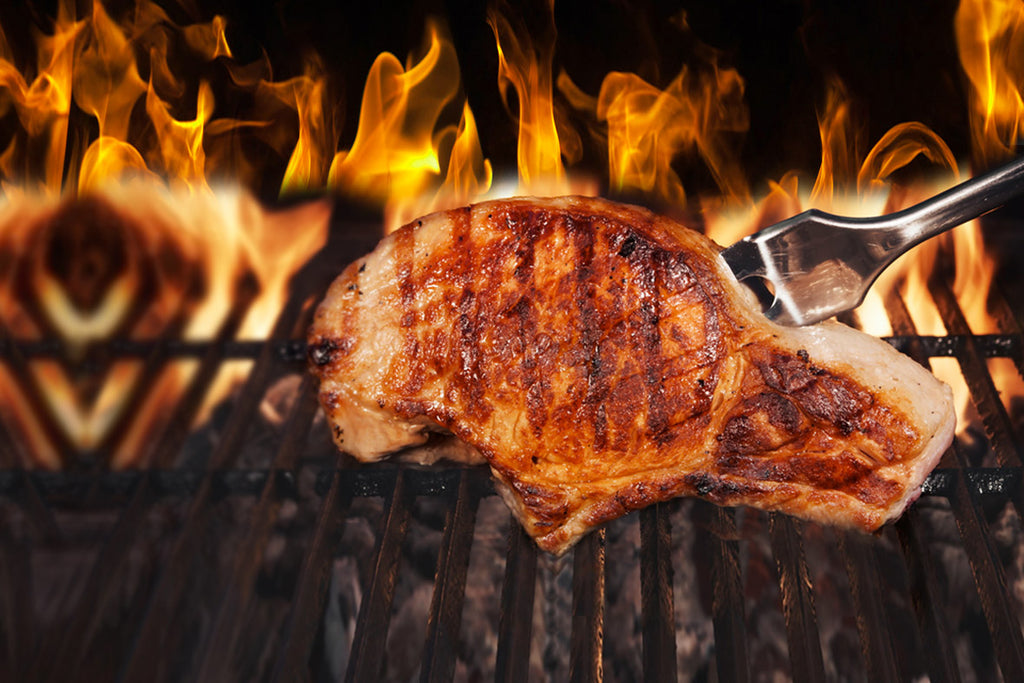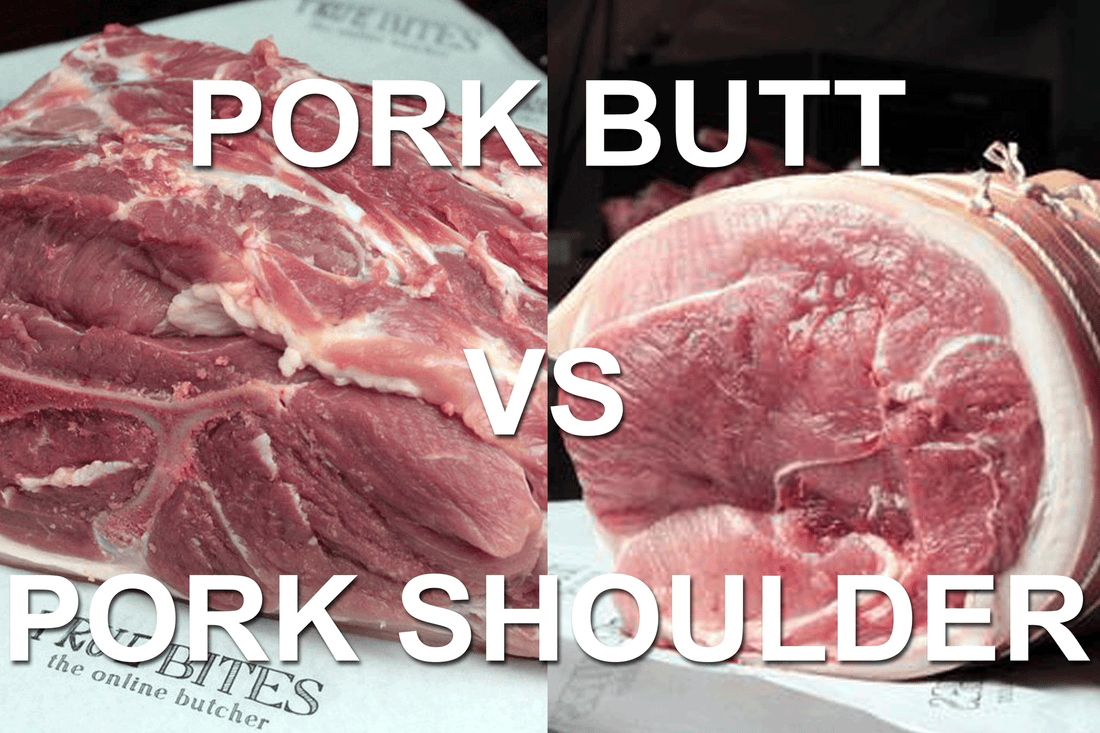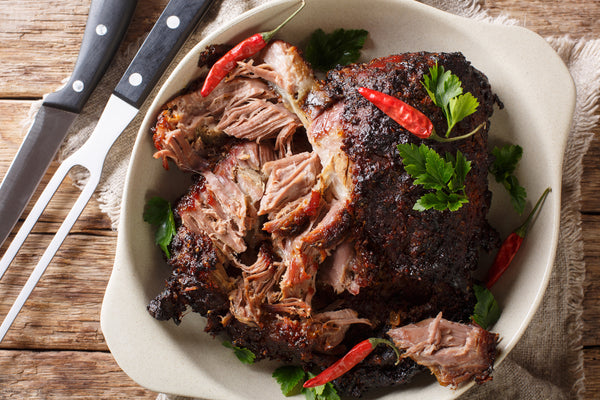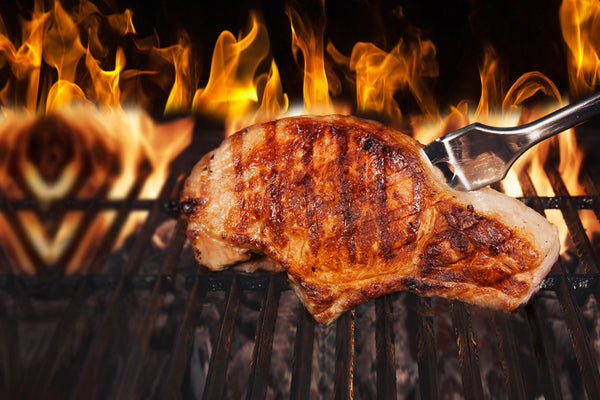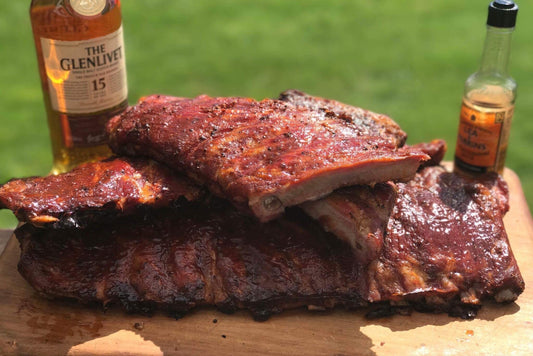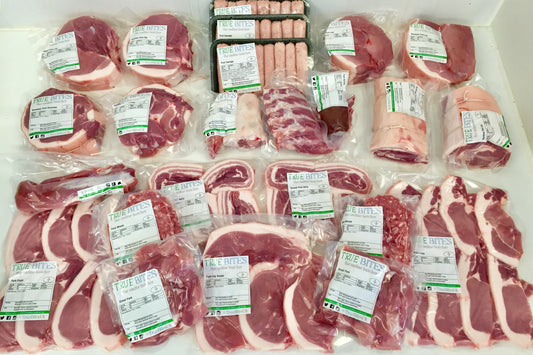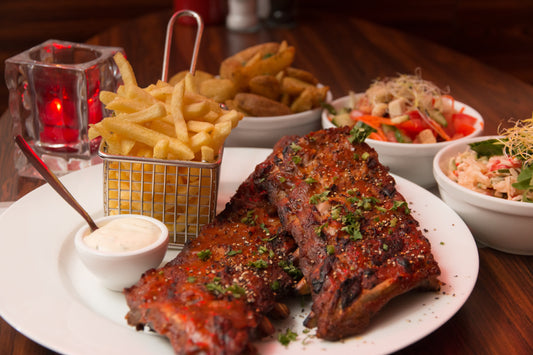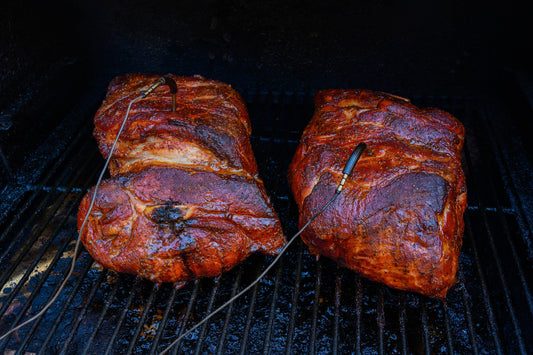It's hard to escape the buzz about pork butt. We've seen it on the smokehouse menus, and on our favourite barbecue instagram, but it's left us feeling confused. Confused because we thought pork shoulder was the joint of choice for pulled pork, and anyway, is there really any difference? Well, we get asked this regularly, so we thought we'd put the issue to rest.
Pork Butt

The pork butt, often called the Boston butt in the U.S.A, comes from the top of the shoulder of the pig, behind the neck. It is technically a 'bone in' joint, as, although most of the bones are carefully removed, the shoulder-blade bone is left in. This gives the butt a real edge for pulled pork. The shoulder-blade bone is uniquely long and flat, which helps to evenly distribute heat throughout the meat while cooking, thus ensuring low temperatures can be held for lengthy periods of time. This helps to break down any tougher connective tissue and also render out any excess fat, which is why the pork butt is widely regarded as the best joint for pulled pork, and is often used by BBQ pit-masters for competition level pulled pork.
Pork Shoulder

Although the butt is still technically part of the shoulder of the pig, most pork shoulder joints, particularly here in the U.K., are taken from the lower part of the shoulder, much closer to the hock. These joints are almost always sold boneless, and are rolled and strung using butchers twine in order to produce a consistent joint that will cook evenly. Again, the lower part of the shoulder is great for pulled pork and also suits a low and slow cooking style, which, again, helps to break down any tougher connective tissue and render out excess fat.
The Difference?
Although the pork butt is taken from higher up on the shoulder, it is still technically part of the shoulder, which suggests, other than the butt being a bone-in joint, there is really no difference between the two cuts. As the shoulder is a well worked area of the pig, both cuts are suited to low and slow cooking, which is necessary to break down tougher tissue and render out excess fat, and which makes them both perfect for pulled pork. That being said, if you're looking at creating competition level pulled pork, barbecue pit-masters almost universally opt for the pork butt.
